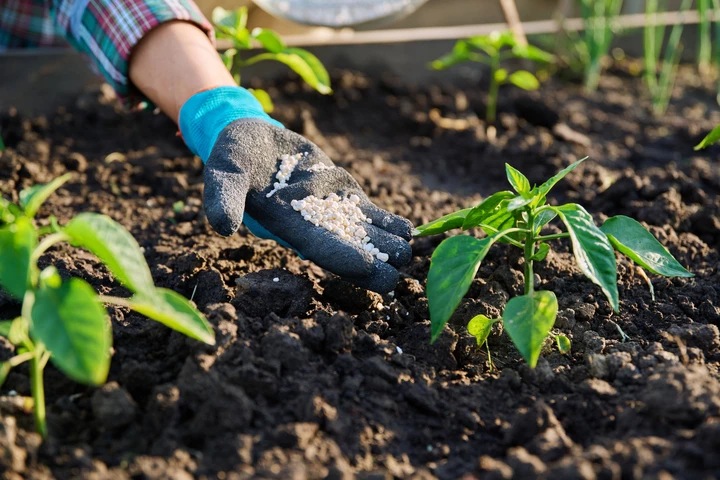Sharp increases in key nutrients strain affordability for farmers, especially in developing countries
Global fertilizer prices surged in the first half of 2025, with the World Bank Fertilizer Price Index climbing 15%, driven by persistent supply constraints, strong global demand, and disruptive policy interventions, according to the World Bank’s July 2025 Commodity Markets Outlook.
Phosphate-Based Fertilizers Lead the Rise
Among the key fertilizers, triple superphosphate (TSP) and diammonium phosphate (DAP) saw the steepest gains, rising 43% and 23% respectively. These increases reflect growing supply chain tightness, rising input costs, and rising global demand for crop nutrients.
While input prices have been mixed, natural gas—a critical component in nitrogen-based fertilizer production—has eased, dropping 26% in the U.S. and 16% in Europe. Yet, other inputs such as liquid sulfur have spiked dramatically, with prices tripling since late 2024, adding to market volatility.
Nitrogen Fertilizers Stay Elevated
Despite lower gas prices, nitrogen fertilizers remain expensive. Urea, in particular, is projected to rise 15% in 2025 alone, contributing to a projected 7% increase in the overall Fertilizer Price Index for the year. Relief may come in 2026, as new production capacity comes online in East Asia, the Middle East, and Europe.
Trade Policies and Geopolitics Intensify Shortages
Trade restrictions and geopolitical realignments continue to limit supply:
- China’s export restrictions on nitrogen fertilizers—introduced in 2024—have slashed shipments by over 90% year-on-year.
- The European Union has imposed multi-year tariffs on nitrogen imports from Russia and Belarus, further tightening supply.
- Belarus, a top exporter of potash, remains constrained by EU sanctions, contributing to ongoing global potash shortages.
- Additionally, the strategic diversion of phosphate to industries like electric vehicle (EV) batteries is reducing availability for agriculture.
Affordability Crisis for Farmers
These supply-side pressures are squeezing farmers—particularly in developing countries. Fertilizer affordability, measured by the ratio of fertilizer prices to crop prices, has worsened significantly in 2025 for DAP, urea, and muriate of potash (MOP).
DAP, in particular, is now less affordable than it was during the price spikes of early 2022.
Outlook for 2026: Moderate Relief Expected
The World Bank forecasts:
- A 6% rise in DAP prices in 2025, followed by an 8% decline in 2026
- Modest declines in potash prices, contingent on recovering exports from Belarus
- Stabilization in nitrogen prices as new supply becomes available
However, the Bank cautions that long-term structural issues remain. The fertilizer sector faces a high carbon footprint, supply chain vulnerabilities, and exposure to future geopolitical disruptions.
Implications for Food Security
With fertilizer prices high and affordability declining, stakeholders across the agricultural supply chain—from smallholder farmers to national governments and multinational suppliers—will need to adapt. Strategic responses may include:
- Enhancing domestic fertilizer production
- Diversifying sourcing
- Promoting more efficient fertilizer use
- Scaling up support for vulnerable farming communities
As global food security remains closely tied to input affordability, how the world responds to the ongoing fertilizer crisis could shape the agricultural landscape for years to come.


